The importance of a violin bow for your music
Violin bowing is really important for a correct and truthful passage of musical phrase in violin performance. The player’s right hand, arm and bow produces the tone’s rhythm, quality, articulation, dynamics and changes in the timbre at times. Therefore, a violin performance is greatly affected by the violin bowing techniques that the player chooses to use.
If the player wants to produce louder notes, he/she should increase the pressure on the strings which can be achieved by using the index finger of the right hand. The volume produced by the violin can be increased by a greater bow speed. Timbre is affected when the bow intersects the string.
If you want to produce a more intense sound, play close to the bridge. If you are playing as a member of a chamber-music performance or in an orchestra, bowing uniformity is important to produce a balanced and unanimous effect.
The sound of money
There are a lot of varieties of violin bows. If you have the opportunity to try several bows, that would be good as you may find out that the cheaper one is good for you. Most people would recommend spending a quarter to half of the value of your violin on the bow.
This all depends on your playing level. If you are a beginner, buying an expensive bow is not important. You just need one that will help you in your violin development. The violin bows reviewed above range from $50 to $340.
Choose the perfect violin bow by the following features
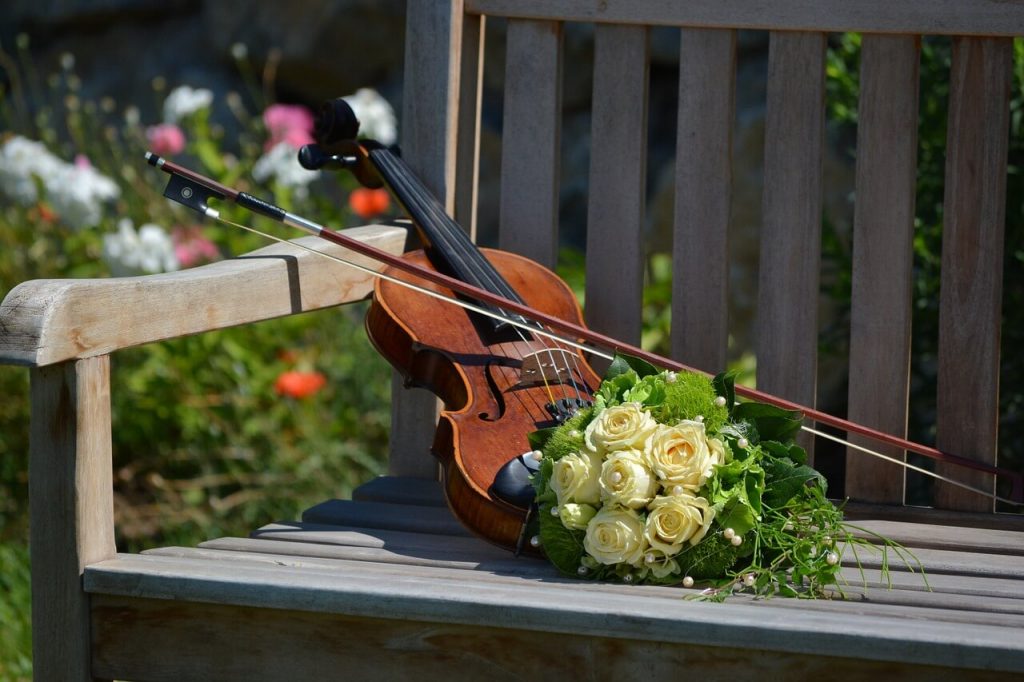 The following features will help you in deciding the best violin bow that suits you:
The following features will help you in deciding the best violin bow that suits you:
The materials
There are different materials use to make violin bows, they include synthetic materials, carbon fiber, brazilwood and Pernambuco. They are explained below
Synthetic materials
These are either composites or fiberglass. They are durable but low in quality compared to Pernambuco and carbon fiber bows. Bows made out of synthetic are suitable for beginners and students.
Carbon fiber
This material has gained its popularity in the past decade in the making of violin bows. Bows made from carbon fiber are sturdier than bows made from wood and they react less to changes in humidity and temperature. Carbon fiber also has the advantage of not warping compared to organic materials.
Brazilwood
This is a name given to the different types of wood from the tropical regions of Brazil. These woods are cheaper hence suitable for beginner and student bows. The Giuliani Brazilwood Violin Bow reviewed above is an example of a brazilwood violin bow.
Pernambuco
This is the best wood to make a violin bow. It is strong and lightweight, hence the wide range of movements that are needed to play the violin. It is from the tree of Caesalpinia echinata in Brazil. Unfortunately, due to deforestation, this species is in danger but there are important efforts done to save it for the use of violin bows.
Sound
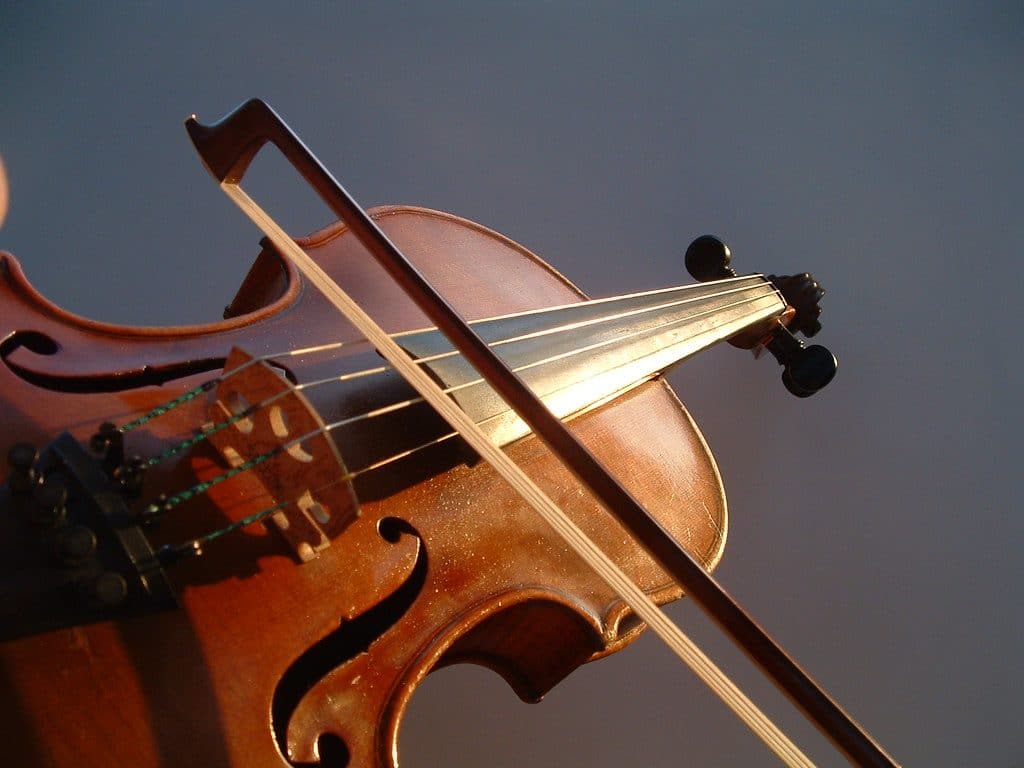 Different bows produce different sounds on their violins. A suppler violin bow will produce a fuller and smoother sound while a softer stick will produce a sound that lacks definition and clarity.
Different bows produce different sounds on their violins. A suppler violin bow will produce a fuller and smoother sound while a softer stick will produce a sound that lacks definition and clarity.
A stiffer and stronger bow will produce a more focused and brighter sound. However, an overly stiff violin bow can produce edgy and rough sound. It is difficult to find a violin bow that produces both smooth sound and clarity at the same time.
Length
The length of a violin bow is affected by the size of the player. It is appropriate for a small child to have a shorter bow compared to an adult who is playing a bigger violin. The length of the bow also affects its stiffness.
A shorter bow is stiffer and is not capable of producing the different range of expressions that a more flexible bow would. However, it is more controllable to a younger and less experienced player.
Weight and balance
Each bow has a different balance and weight especially those made out of organic materials. Heavier bows make bigger sounds while lighter bows can make the bow strokes facile. The frog of a bow is generally heavier than its tip. However, they should still have some weight to enable the instrument to produce a bigger sound.
Make sure that the violin bow that you purchase is not warped because it will affect the balance negatively. You can know if the bow is warped by holding it in front of one eye and looking at the stick from the frog to the tip. Therefore, if the tip of the bow is twisted or bent, do not buy it.
Shape
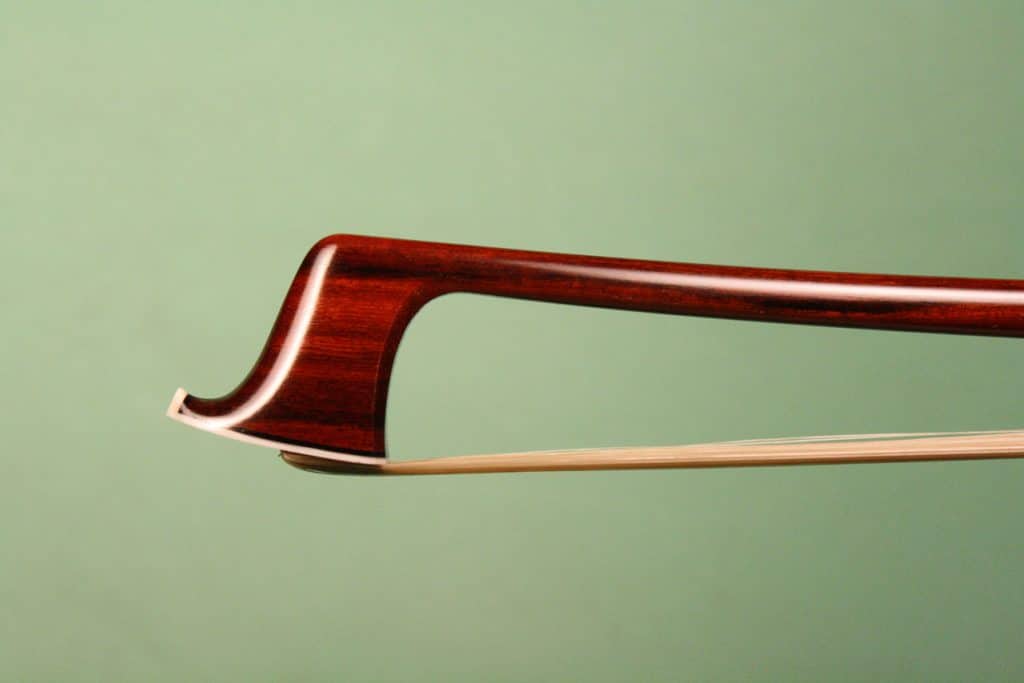 There are two shapes of violin bows, namely octagonal and round. Traditionally, the round bow would be made by the French bow makers. Round bows have greater control because they are less stiff compared to octagonal bows. However, it all depends on the person playing the violin as some players like the stiffness that octagonal bows provide.
There are two shapes of violin bows, namely octagonal and round. Traditionally, the round bow would be made by the French bow makers. Round bows have greater control because they are less stiff compared to octagonal bows. However, it all depends on the person playing the violin as some players like the stiffness that octagonal bows provide.
How flexible is it?
Flexibility is the ability of the bow to react when under tension. Tightening you bow should still have some bounce when you are using it. This will enable the player to attain the different types of articulation easily. The Vio Music 709 is known for being one of the most flexible bows currently available to purchase.
Size
This is an easy factor for you to consider. The size of the bow that you purchase should correspond to the size of the violin that you will be using. Larger bows such as the Viotti Carbon Fiber Violin Bow are typically more suited to professional or experienced players.
Durability
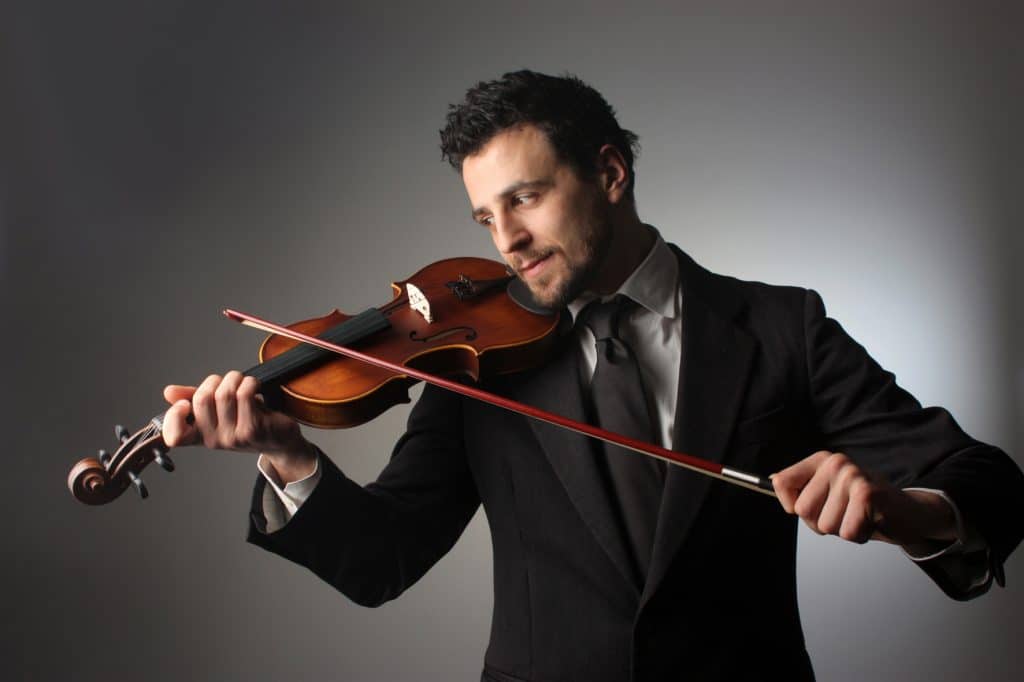
Generally, violin bows made out of carbon fiber such as the Fiddlerman Carbon Fiber Violin Bow last longer compared to those made out of wood. This is because wood is easily affected by humidity and temperature and can cause dampness to the bow. However, you can find a violin bow made of wood that is of high quality and durable but you will have to pay more as they are expensive.
Warranty
Some violin bows such as the CodaBow Prodigy reviewed above have up to 5 years warranty while others have a two-year warranty with 45 days of the money-back guarantee. This means that you can return the violin bow if you do not like it even if it is not broken.
However, some bows do not have a specific warranty period but it is always advisable to check with the manufacturer what security they have for your money before purchasing a violin bow. Many forget to read the terms and conditions of the warranty, make sure you do this so that you are aware of what aspects are covered.
How to tighten a violin bow
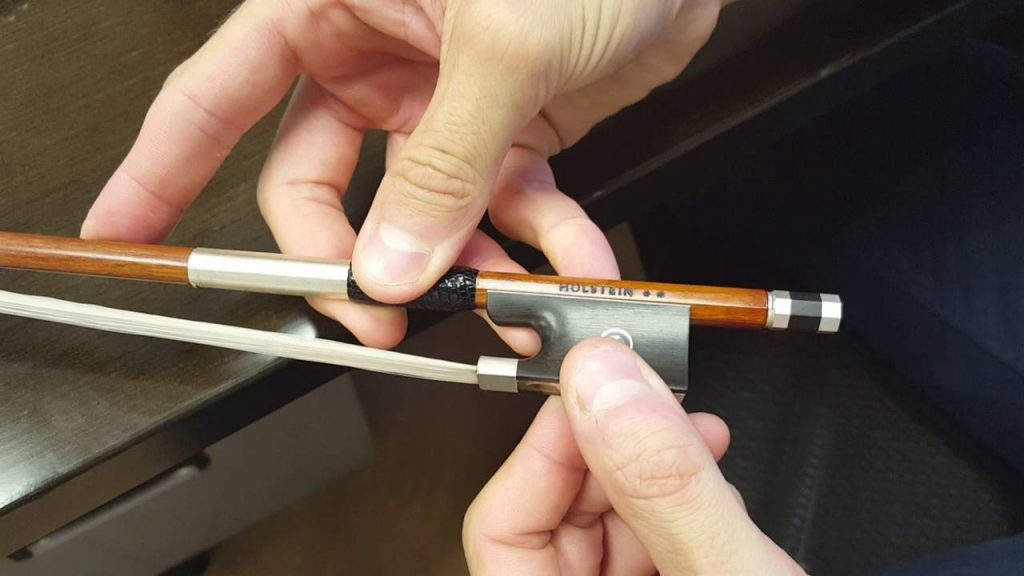 Before playing your violin, you need to tighten the bow first. With your left hand, take the frog and then turn the screw clockwise using your right hand. Tightening the hair will make the bow stick straighter because the bow wood is made with a natural curve.
Before playing your violin, you need to tighten the bow first. With your left hand, take the frog and then turn the screw clockwise using your right hand. Tightening the hair will make the bow stick straighter because the bow wood is made with a natural curve.
You mustn’t tighten your violin bow too much. Tighten it to a point where the hair is close to the stick and a pencil can barely fit in between them. When you have finished playing the violin, make sure to loosen the hair by turning the screw in an anti-clockwise way. If you do not loosen the hair, the bow stick can easily warp.





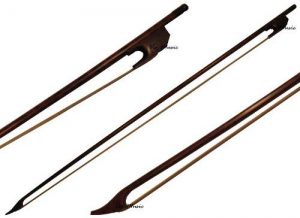
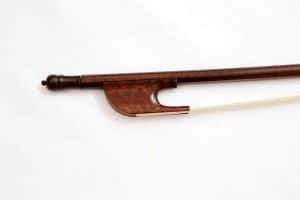

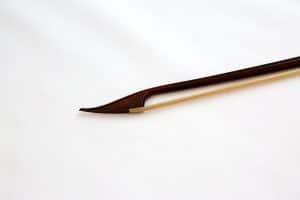
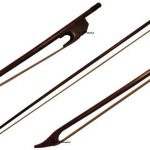
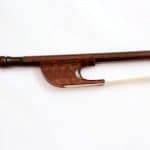
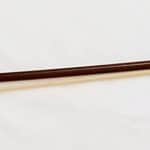
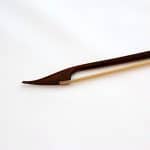





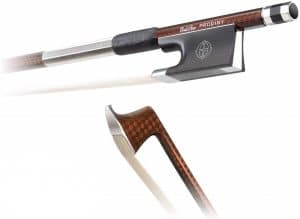


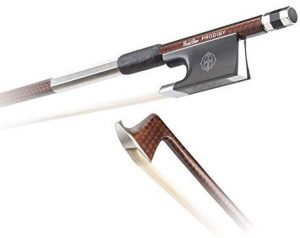
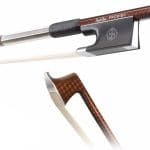
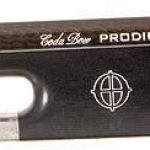
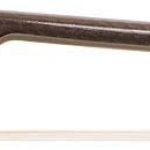
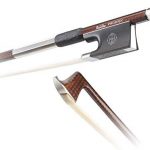
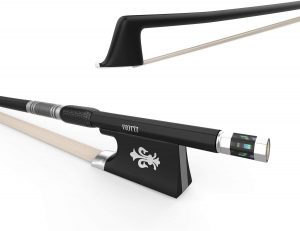
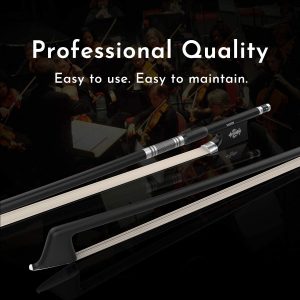
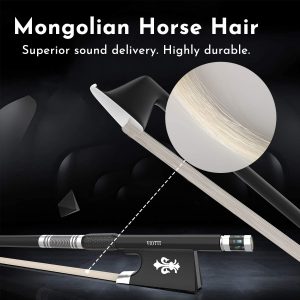
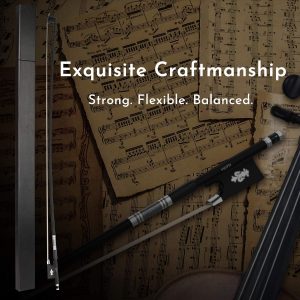
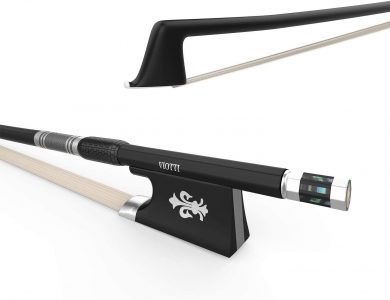
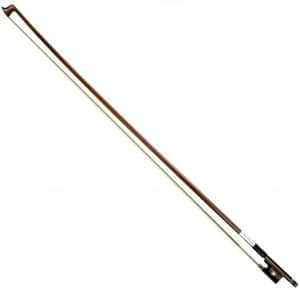
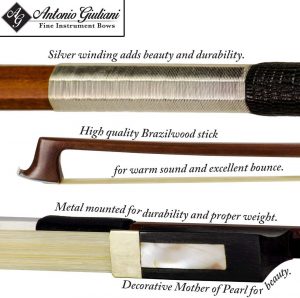
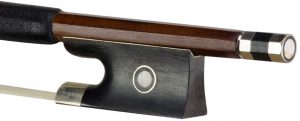

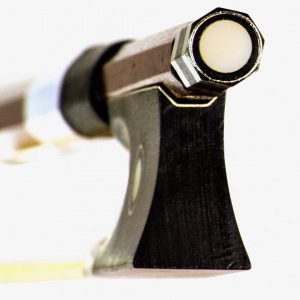
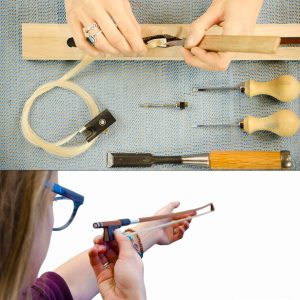
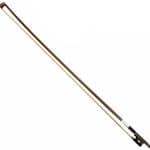
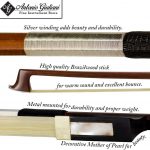
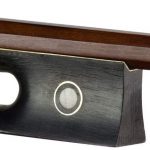
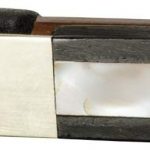
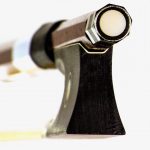
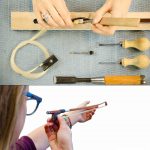
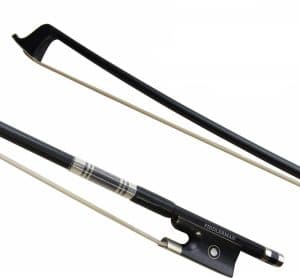
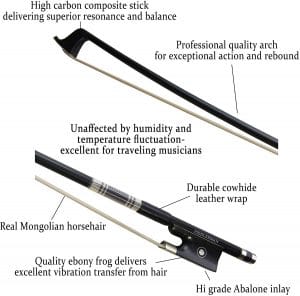



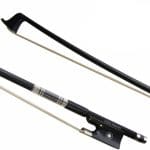
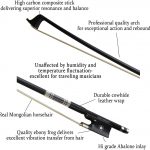
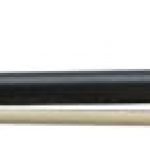
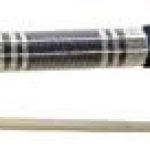
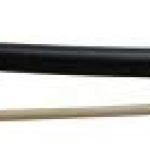
 The following features will help you in deciding the best violin bow that suits you:
The following features will help you in deciding the best violin bow that suits you: Different bows produce different sounds on their violins. A suppler violin bow will produce a fuller and smoother sound while a softer stick will produce a sound that lacks definition and clarity.
Different bows produce different sounds on their violins. A suppler violin bow will produce a fuller and smoother sound while a softer stick will produce a sound that lacks definition and clarity. There are two shapes of violin bows, namely octagonal and round. Traditionally, the round bow would be made by the French bow makers. Round bows have greater control because they are less stiff compared to octagonal bows. However, it all depends on the person playing the violin as some players like the stiffness that octagonal bows provide.
There are two shapes of violin bows, namely octagonal and round. Traditionally, the round bow would be made by the French bow makers. Round bows have greater control because they are less stiff compared to octagonal bows. However, it all depends on the person playing the violin as some players like the stiffness that octagonal bows provide.
 Before playing your violin, you need to tighten the bow first. With your left hand, take the frog and then turn the screw clockwise using your right hand. Tightening the hair will make the bow stick straighter because the bow wood is made with a natural curve.
Before playing your violin, you need to tighten the bow first. With your left hand, take the frog and then turn the screw clockwise using your right hand. Tightening the hair will make the bow stick straighter because the bow wood is made with a natural curve.






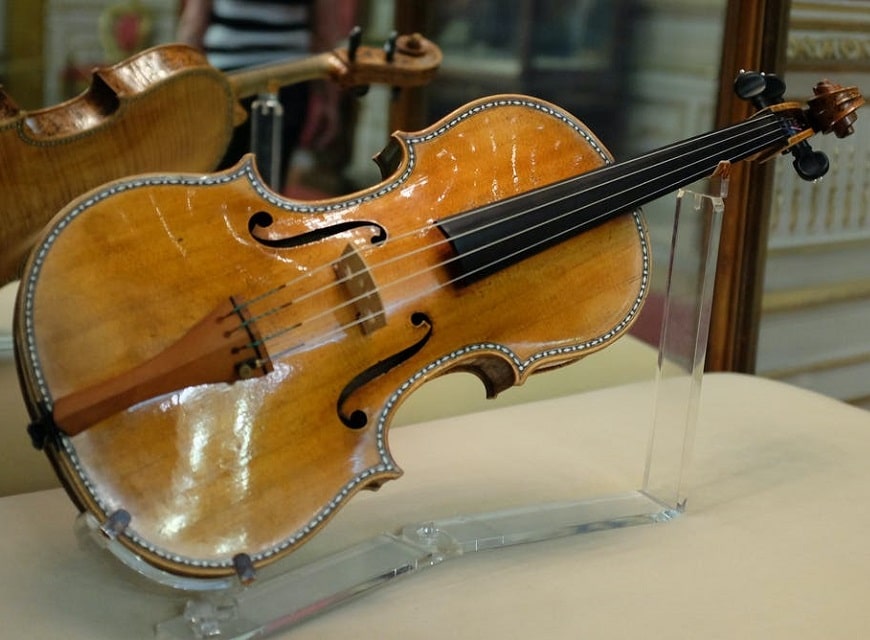
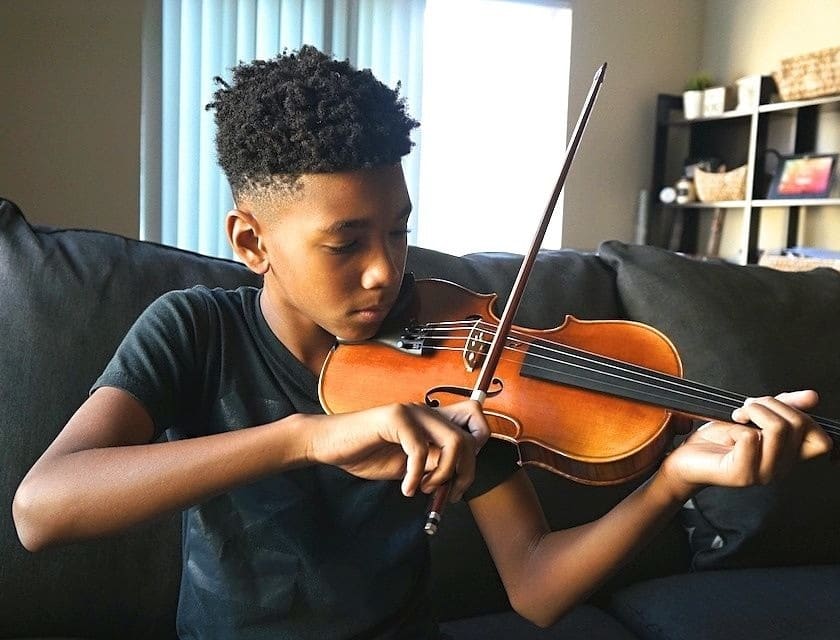
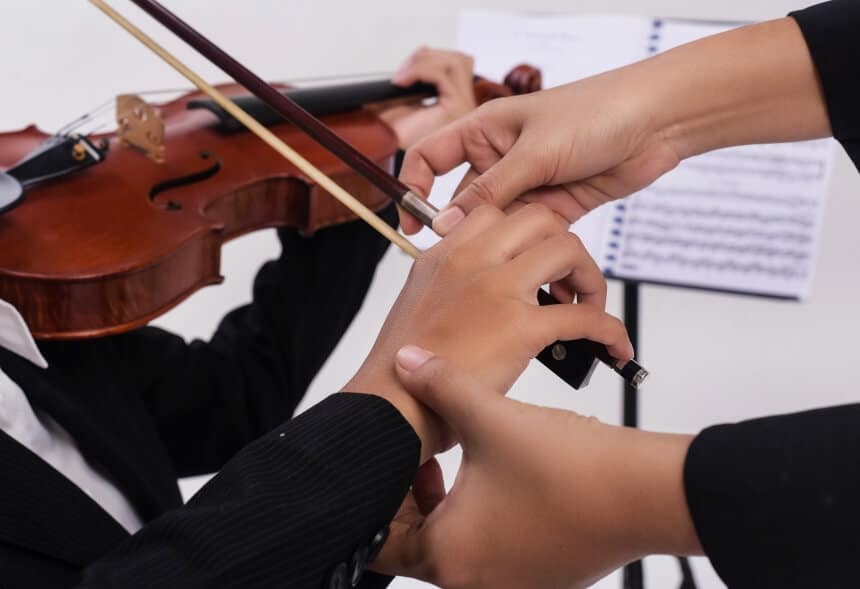

If you peruse the CodaBow website you would see that the Prodigy model is not a “professional” bow, but rather rated for beginners to mid-intermediate – below that of advanced and professional. Their pro series begins with the Diamond GX and goes up from there.
Also, rather than use a model who doesn’t know anything about holding a bow (photo beneath “Durability,” you may want to use someone who does – it’s rather laughable!